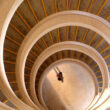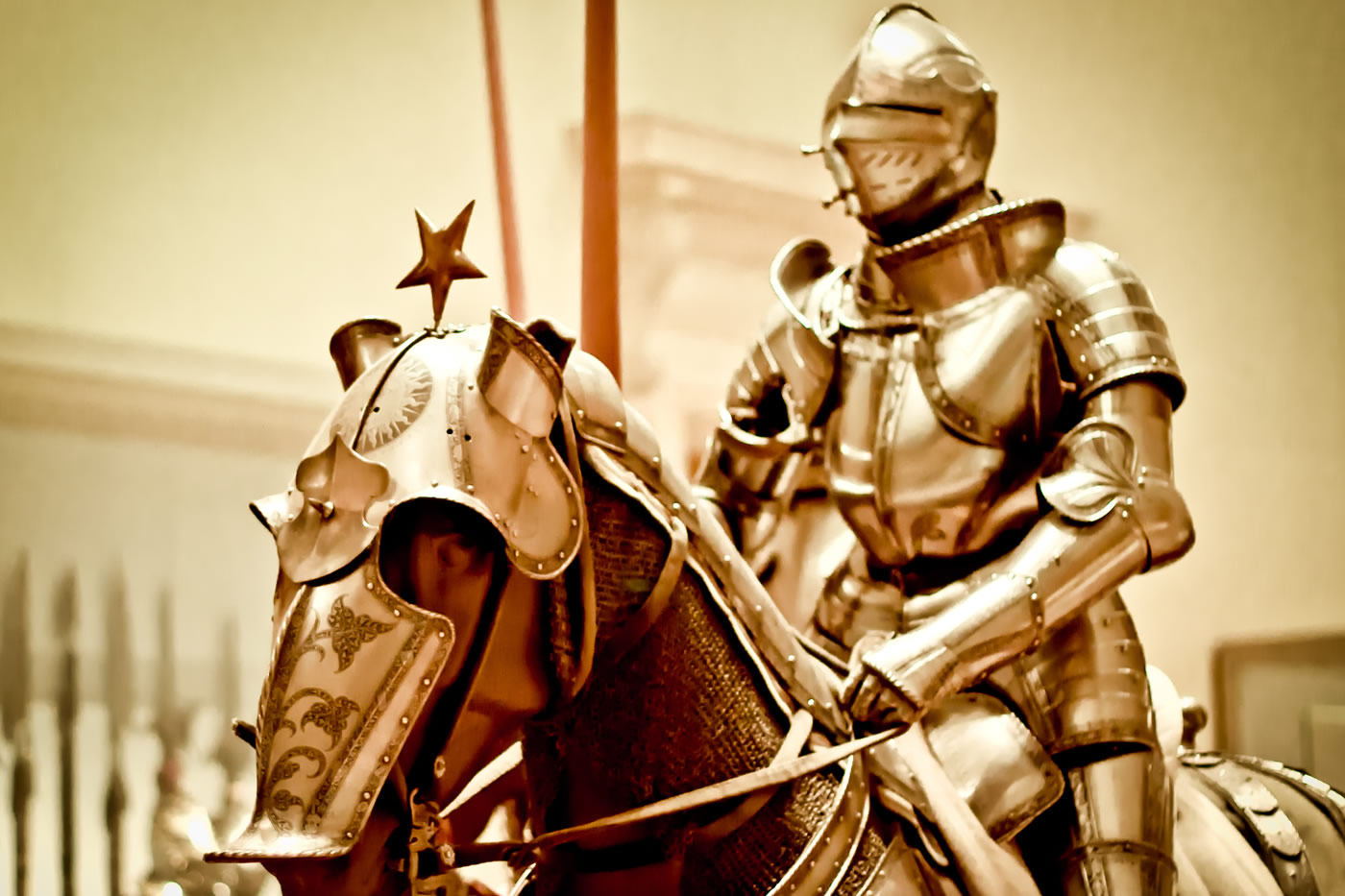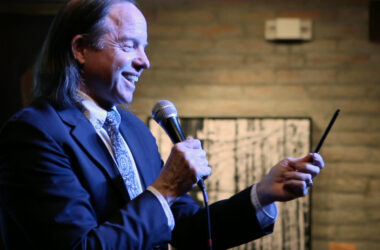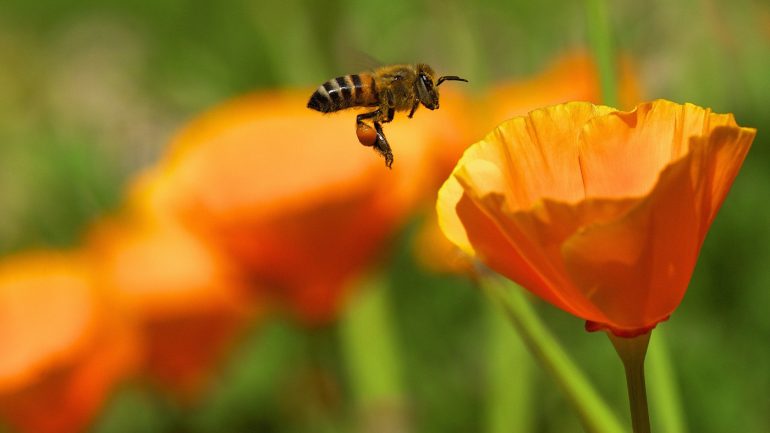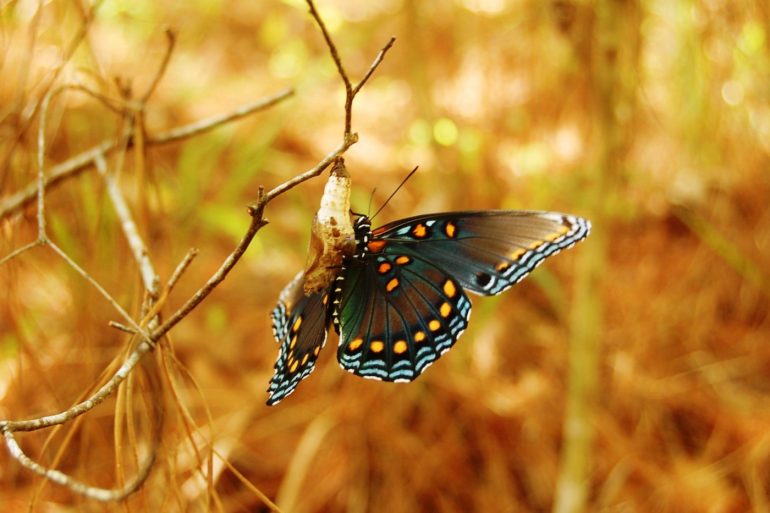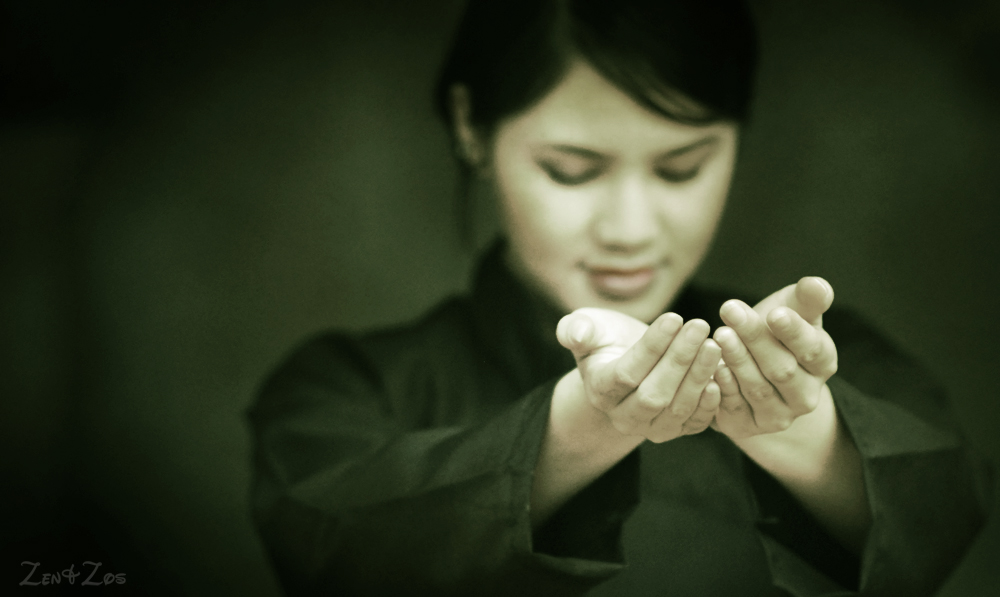Four centuries ago there was a Tibetan master named the First Panchen Lama. He learned the traps that can ruin our meditation, and he learned how to beat these traps. He described all this in a book called The Devil Debates an Angel, a very funny and profound argument between the Devil and an Angel, inside of one’s person’s mind.
The traditional brief name of our text is An Argument with the Tendency to Think that Things are Real. It was written by His Holiness the First Panchen Lama, Lobsang Chukyi Gyeltsen, who lived 1570-1662. He was above all an extraordinary practitioner, thinker, and meditator; a yogi; a poet and writer among the greatest who have ever lived; and an ardent pacifist who once stopped a war single-handedly, by walking out between the opposing armies.
What’s amazing is that—as we listen to the Devil and the Angel debating—we unexpectedly begin to get some new ideas about how the world around us works: why things happen to us the way they do, why we meet the people we do. By the end of the fight, we have a lot of what we need to know to change our own life—to be happier, and make those around us happy.
The genre of the work that we will be learning in this course series is known as Mahamudra, or the Great Seal. This is a practice where we try to come to an understanding of emptiness by observing our own mind in meditation, and grasping how the mind itself—like all other things—is empty of being itself, by itself.
Course Materials
Audio
About His Holiness The First Panchen Lama
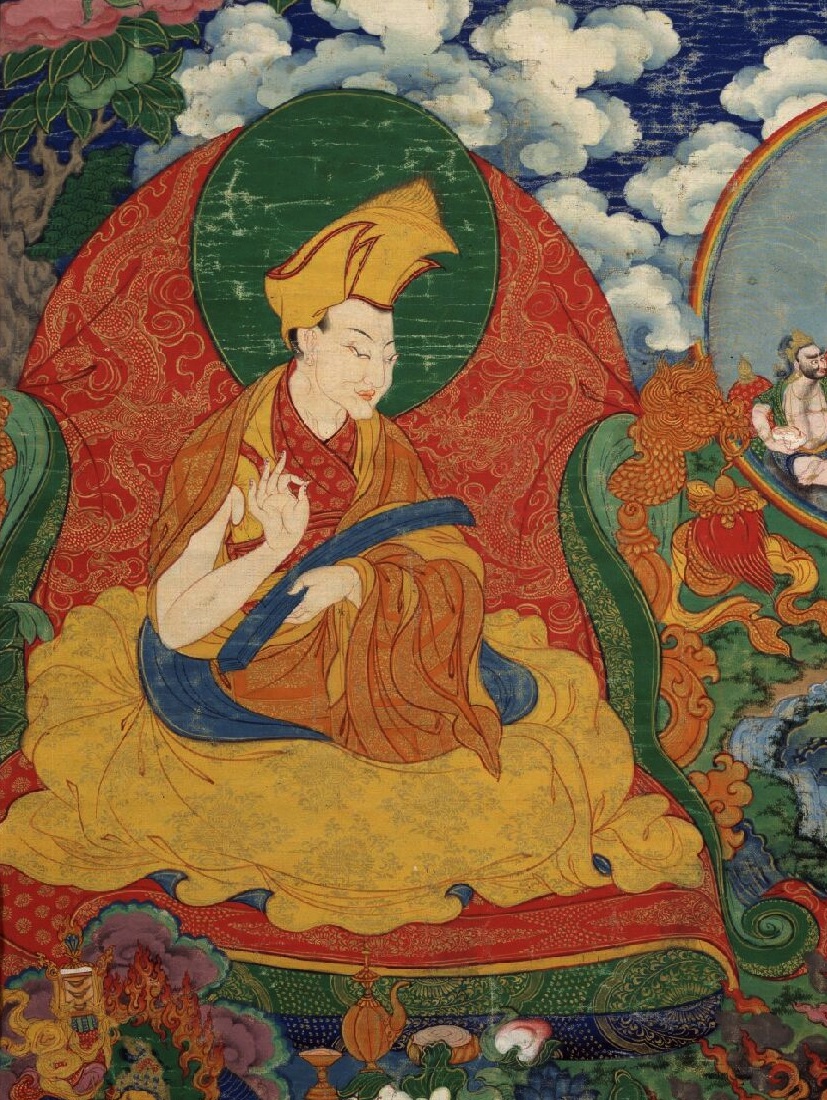 Lobsang Chukyi Gyeltsen, the First Panchen Lama, was an incredible being. From an early age he studied and practiced diligently, and readily succeeded in meeting holy beings face to face, as described in a poem called The Lady Who Came to Me, composed at the tender age of 14 years old.
Lobsang Chukyi Gyeltsen, the First Panchen Lama, was an incredible being. From an early age he studied and practiced diligently, and readily succeeded in meeting holy beings face to face, as described in a poem called The Lady Who Came to Me, composed at the tender age of 14 years old.
He lived in a time of war and strife when people generally only lived to 50 years, yet he himself lived to be almost a hundred years old. Geshe Potowa’s biography describes him with the lines: “In Tibet there is a certain monk whose life story is enough to express the life stories of thousands of normal monks.” And “The fame [drak] of this holy being extends even to India.”
And as Master Tsechok Ling states in the Brief Biography: “this one monk, in a certain number of years, would surpass thousands upon thousands of other monks—he would set his single-pointed attention fiercely upon attaining the state of omniscience, and in this extraordinary aspiration his single life would embody the efforts of thousands of other people’s lives.
“He went forth and made extraordinary efforts first in a major period of his life devoted to studying and teaching the sacred books—to the skills of learning and thinking about them carefully. The number of people at his monastery of Wengun swelled, with a great gathering of monks and an influx of the faithful from the whole surrounding area. He taught them books on the steps of the path (lam-rim); and works on how to develop the good heart (lojong); the Great Book of the Kadampas; The Mountain of Jewels, a Book of Metaphors; the various instructions on vowed morality; and “dissection instructions” on the stages of creation and completion in the secret teachings of the Frightener, Highest Bliss, and others as well.”
“In addition he gave teachings devoted to gaining a correct view of emptiness; and then initiations into the combined practice of the Secret Collection, Highest Bliss, and the Frightener; as well as empowerments for the White Parasol and other secret paths. He granted the rite of permission to practice the Compendium of Nartang, as well as that for a great many Dharma protectors. He taught then extensively on how to actually put all these instructions into deep personal practice.”
“More especially, he repeatedly granted the empowerment and instructions on the levels of both creation and completion within the secret teachings of the traditional three—the Secret Collection, Highest Bliss, and the Frightener—to the communities of monks at the Great Three monasteries of Sera, Drepung, and Ganden; as well as to those of Trashi Hlunpo, Gyutu Tantric College, and Gyume Tantric College.”
“He gave in addition meticulous explanations of the work on the steps of the path by the great Holder of the Diamond; along with similar explanations of the four combined commentaries [to the Secret Collection], and A Lamp for the Five Steps. He granted as well, over and over again, meticulous explanations upon The Revelation of Every Secret, a commentary upon the secret teachings of Highest Bliss. So too did he grant, time and again, teachings upon the steps of the path, and upon the stages of creation and completion, to a great many people who had made their spiritual practice the entire core of their life—all meant as instructions to be committed to memory.”
“Most especially, he granted—again as instruction to be memorized—teachings upon the steps of the path (all the way up to the inseparable pair) from the oral lineage of the Precious Lord, Tsongkapa. These he gave to many great adepts of Trashi Hlunpo—to his leading spiritual sons; as well as to the assembled monks.”
“He also compiled texts for the oral recitation of rituals in the same three secret practices: rituals for becoming the Angel; for bringing the Angel before us; for creating the sacred vase; and for granting the empowerment—all in keeping with the sacred tradition of the Lord, the omniscient Je Tsongkapa. These works are used among all those who uphold the tradition of this precious Lord.”
“Looking at all this we can say that this Lord, this Lobsang Chukyi Gyeltsen, both upheld and furthered the excellent tradition of the precious Lord Tsongkapa in the fields of both the open and the secret teachings—without ever mixing them up with other teachings, without ever adulterating them in any way.”
“One of the most amazing deeds that our Lord ever accomplished was to institute the observation of the Prayer Festival on the Holiday of Miracles—echoing thus one of the greatest deeds of Je Tsongkapa himself. Concerning the festival, the Lord himself expressed the thought that this was one of the most excellent accomplishments of his current life. We gathered an infinite amount of merit into our own and others’ mindstreams by observing this festival.”
“News came then that the Omniscient One, the Victorious Buddha, His Holiness the Dalai Lama Yunten Gyatso, would be undertaking a tour of their region of Tsang. And so he issued an order that the Dalai Lama be formally invited there to Trashi Hlunpo.”
“In what the history books then call the Days of the Monkey—which is to say, in the fire sheep year, during the waxing of the moon in the sixth month—a great assembly came forth from the walls of the monastery, headed by the various masters and their disciples: over a hundred of them on horseback outfitted in regal finery, galloping out to welcome the Dalai Lama.”
“The Father and his spiritual Son came then first face-to-face on the soil of Chushar. A great clamor burst forth from the sky, as if the gods were striking their mighty drums; and from the heavens as well, the divine beings let loose a gentle shower of fragrant flower petals. Everyone there saw these things with their own eyes.”
“He began a second major period devoted to his own meditation practice. To this he dedicated the seasons of autumn and winter, going into isolation and avoiding any kind of business. During these times he shut himself up in retreat, throwing himself into isolation and working to reach a great many different Angels.”
“Thirdly then came a major period of public work. Here he devoted the spring and later months of summer to touring the areas of Nyangu, Shap, Shang, Tun, and other such places. He accepted there requests to teach or advise, and did so in ways that were always based on the Dharma—working for example to fulfill the needs of a great number of local officials, as well as crowds of both monks and laypeople.”
“In the late autumn (of 1622), a large military force of Mongolians suddenly arrived at Janggyab. At the order of the Regent, and various generals and ministers, the Lord had to go out to try to make a treaty with them. But even though he traveled as far into enemy territory as Rongpo Dam, he failed to accomplish his mission in the way he had hoped to.”
“He stayed at Drepung Monastery then for some time, trying to accumulate the karma for protecting life by helping both Sera and Drepung monasteries, through the gifts of both the Dharma and material support. One thing especially he under took. There was a silver-plated tomb in which the remains of the Omniscient One, Sunam Gyatso, were interred. (This was His Holiness the 3rd Dalai Lama, 1543-1588.)”
“The ornamentation around the entrance to the tomb had all broken apart, and everything was in a state of disrepair. Thinking that it would set in motion auspicious forces, and also help keep the teachings healthy in the world, the Lord set about having the entire tomb renovated, using great quantities of precious material like gold and turquoise. He also ordered the preparation of exquisite, personal ritual instruments of the same material as the entrance way, for use by the Omniscient One when he had grown again to maturity.”
“He moreover went to the places at both Sera and Drepung where there were statues of our Teacher, Lord Buddha, and presented each of them with necklaces of jewels and silken scarves. So too at each of the Great Three monasteries he repeatedly sponsored religious ceremonies attended by all the monks, making the traditional offerings of a meal and gift of money to each person. This karma completed, he went into a strict personal retreat at Drepung.”
“The entire Tibetan army had been brought together at Kyangtang Gang. After eleven days of heated negotiations, the Mongolian cavalry suddenly made a lightening attack on the Tibetans. Reports that hundreds of people had died reached his ears. And so the Lord, with utter disregard for his own life and personal safety, broke his retreat immediately, making his way with haste as far as Denbak, in the company of several close attendants.”
“The Tibetan forces were surrounded at Chakpori Hill, and the Mongol cavalry was about to make a second charge to finish them off. Gunfire and arrows were already flying like a shower of rain, and he simply stepped right into the middle of it.”
“This divine Lord then approached the Mongol leaders himself and begged them to stop, telling them that he personally possessed a sizable amount of wealth and expensive objects that he would offer them if they desisted. The leaders agreed to follow the divine Lord’s wishes, and the attack was called off right in the middle. The lives of nearly a hundred thousand soldiers were saved in this one heroic act.”
“On this occasion, leaders from both the Tibetan and the Mongols came forth and made offerings to the Lord, to be presented in a religious celebration at Lhasa. They all agreed to put down in writing a list of their agreements; and then standing in the light radiating from the gilded roof of the Temple of Lord Atisha they took solemn oaths to stop their fighting, and observe a lasting peace.”
“By bringing about this peace, a peace that was won by refusing to give the least thought even to his own life and safety, the Lord was able to prevent the destruction of both Sera and Drepung; in effect, he had saved the life of the very teachings of the Victor, Je Tsongkapa.”
“Looking back on it in this light, generations of impartial sages for many years after the high and holy Lobsang Chukyi Gyeltsen—people who have themselves undertaken to continue this tradition of preserving the teachings of our gentle Protector, Lama Tsongkapa—have all declared in a single voice that the Lord was no less than the gentle Protector in the unequaled kindness he paid us, succeeding as he did in keeping the teachings of Je Tsongkapa alive here in our world.”
“At that point though there did occur an extremely serious obstacle both to the teachings of the Victorious Buddhas in general and to the spread, more particularly, of the teachings of our gentle Protector, Je Tsongkapa. It happened due to the shared karma of the people, and because of the influence of a number of powerful and evil demons. The Omniscient One, His Holiness Yunten Gyatso (the Fourth Dalai Lama), suddenly passed on to his paradise.”
“There were great difficulties then in the ensuing task of recognizing the next incarnation of the Dalai Lama. Again, the revered one, Lobsang Chukyi Gyeltsen, gave his own personal material resources without the least hesitation. He took all the crude people here in our Land of Snows and bought their cooperation with gifts of money and things.”
“He showed perfect impartiality to one and to all. Whenever it looked like some disturbance or military action might break out, he went to work using his compelling powers of love and compassion. He brought people to make their peace, free of any hostility for each other, and saved the lives of a great many evil people.”
“He made special efforts to take the most violent people aside and give them a careful explanation of the laws of karma and its consequences, putting them thus into a peace-loving state of mind. Without any thought at all for his own needs, he brought a state of peace and tranquility to the entire populace of Tibet.”
“He promoted a sense of spiritual cooperation among all the different groups of monks, preventing any outbreaks of discord. Most importantly, he found skillful ways to accomplish the unmistaken recognition of the supreme reincarnation of the Omniscient One, Yunten Gyatso. And again he put every effort possible into these labors, with complete disregard for his personal safety and even his life.”
“In the end then, his efforts to conclude the process of the recognition were successful. In the Year of the Great Drum—which is to say, in the male water dog year (1622)—the supreme reincarnation of the Omniscient One was conducted from Chonggye to Drepung Monastery. There the Lord performed the traditional ceremony of cutting the lock of hair, signifying that the boy had left the home life to enter the order. He then bestowed upon him the ordination name of Ngawang Lobsang Gyatso, (who was to become the ‘Great Fifth’ Dalai Lama, eminent scholar and statesman).”
These are but a few examples of the greatness of The First Panchen Lama, his realizations, and mastery of the path. In general, His Holiness followed an annual rhythm of deep personal retreat; periods of personal study and teaching to his core group of disciples at Trashi Hlunpo Monastery; and then extensive lectures and tours among the general population as well as government and business leaders, to help bring the Dharma into every aspect of the daily lives of both the ordained and people with a normal family and career.
These aspects of His Holiness’ spiritual life—the division of his time, taking personal responsibility, and his insistence that Dharma was meant to be part of the “real world” as well—are extremely important as a model for our own practice and work in the modern world. These are meant to inspire us in our own attempt to make the steps part of our own mind, by reading about the inner struggles and outer, worldly challenges which His Holiness himself faced in the same task.


